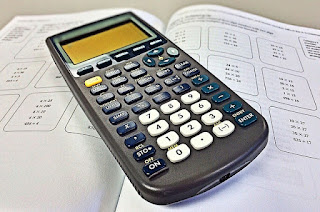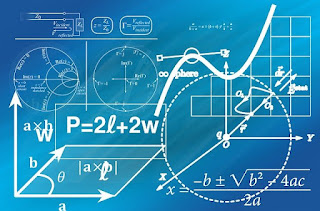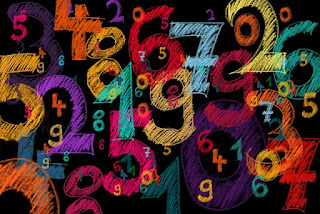Discuss the types of composite numbers
composite numbers.
A positive integer that only has itself and the number one as components is called a prime number. The second number is the one to think about since it just has two factors: 2. Three is also a prime number.
A composite number, on the other hand, contains more elements than just itself and the number 1, or more than two factors.
Factors of the lowest composite number, 4, are 1, 2, and 4. Except for the number 2, prime numbers are usually odd. Nevertheless, not all odd numbers are prime. Think about the number 51. Even though it looks like a prime number, it is actually a number made up of three and seventeen.P
Primes and composites are shown in a picture using rows and columns. The number's prime factorization is represented by the sum of its rows and columns.
Examples of composite numbers that depict prime factorization with rows and columns of dots Types of Composite Numbers Simple composite numbers like 12 have the elements 1, 2, 3, 4, 6, and 12 as their components. These lack any unique characteristics. Semiprime numbers have a set of components that consists of two prime numbers.
In other words, no semiprime number's components are composite (other than the semiprime number itself). They don't have to be square, like 13 x 13 = 169. Due to the fact that its components are 3 and 7, the number 21 is also regarded as a semiprime number. Sphenic numbers are a type of composite numbers that have three separate prime factors and a total of eight parts, three of which are semiprime products of the three prime factors.
One sphenic number is 70, for instance, which has the following characteristics: There are three unique prime factors: 2 * 5 * 7 = 70. The semiprime numbers 10, 14, and 35 are three. Semiprime numbers include the component 10, which is created by multiplying the prime numbers 2 and 5, 35, which is created by adding the numbers 7 and 5, and 14, which is created by adding the numbers 2 and 7. Prime factor of 31 are 1 and 31.
Total: eight factors 1, 2, 5, 7, 10, 14, 35, and 70 make up the number 70. Powerful numbers, or composite numbers that can be divided by both a number and its square, make up the third group of composite numbers.
For instance, 8 is seen as a strong number. It may be divided by 2, as well as by the square of 2, or by 4, which is another option. Square free numbers are those that can never be split by any prime number more than once. Prime or composite square-free integers are both acceptable.
square-free.
Think about the numbers 21, 1, 3, and 7 together with their components. Since none of these prime factors, when multiplied by themselves, give a factor of 21, 21, is called square-free. Additionally, there are ideal numbers for fun.
These are composite numbers, meaning that all of their components add up to the original value. For instance, we are omitting the information that the number 28 also includes the elements 1, 2, 4, 7, and 14 in addition to itself. The result is that 1 + 2 + 4 + 7 + 14 equals 28. There aren't many numbers like that.



Comments
Post a Comment